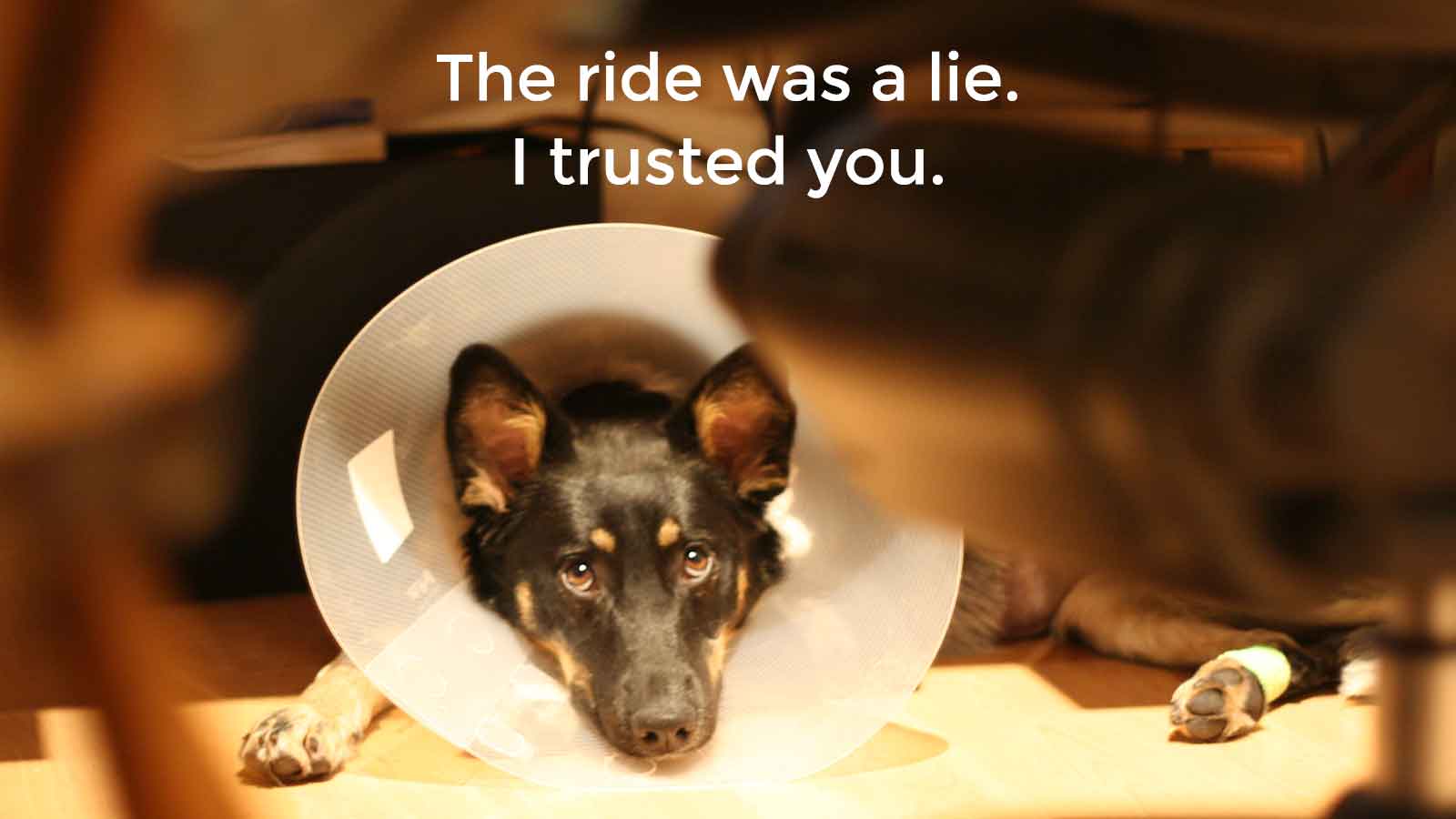Because I relish in writing about confusing things, I thought I’d jump back into the muddy relationship between brand and customer experience.
So grab your boots. Let’s get started.

Brand is the Promise
Imagine brand managers, sleepless in the twilight, worried about their work. Fixated on the emotional relationships between their products and customers. Penciling taglines on Post-its. Seeing visions of logo lockups. Trembling, haunted by font pairings.

I understand that type of obsession. I’ve crawled into bed at 3 a.m., after “simple” tasks I started before bed (e.g., “the perfect waffle,” that time I dabbled in oil painting, when I’m “almost done” a video game, finding something to watch on Netflix).
So, I feel for brand managers. They’re appealing to their audiences, and they’re finding compelling ways to reach new ones. They’re hard at work conveying the promise of their companies.
Because that’s what a brand is, after all. A promise.
A brand is the promise of an experience. The promise of a happier you or an easier workday. It’s the feeling you’ll get when you use this device. The relief you’ll feel when you use this service. It’s the knowledge that you can trust us to solve your problem.
So, let’s help the brand managers get their eight hours. Let’s deliver experiences that hold up to their promise.
Customer Experience is the Proof
I’ve written before about how I see brand as the curtain, and customer experience as the machine behind the curtain. I think it’s an apt analogy for the relationship between brand and customer experience.
To illustrate this point, let’s think about brand promises again, and the two extremes of their delivery:
- A brand tells the truth in promising a good customer experience.
- A brand tells a lie in promising a good customer experience.
If your company tends toward the first extreme, then you’re in a good place. Customers receive the good experience conveyed by the brand, so there’s no false expectations or misalignment. Everyone’s on the same page. Time for bed.
If you tend toward the second extreme, customers are likely to feel duped. They’ll see the truth as soon as they glimpse what’s behind the curtain. And if you don’t improve the experience, they’ll likely never return as a customer.

If you want to fix that disconnect and encourage customer retention, you can work from the outside-in (i.e., adjust the brand then match the customer experience to it) or tackle it from the inside-out (i.e., improve customer experience then build a brand around it).
I’d argue that the inside-out approach is more effective. I think it’s more authentic and less superficial; it shows reverence to your current customer base; and it gives employees a much more tangible set of actions to take right away.
Regardless of your preferred approach, one thing is clear: your company will eventually have to focus on customer experience improvement. For your customers, customer experience is the proof that your brand isn’t an empty promise.
Taking Aim on a Customer Experience Improvement Program
So, let’s think again about one of the generic brand promises from earlier: “It’s the knowledge that you can trust us to solve your problem.” It’s easy to say, and not particularly difficult to convey in the visual language of branding.
But for a customer experience manager, delivering knowledge, trust, and problem solving is a challenging proposition. One that takes more than a shot in the dark.

Knowledge involves a constant focus on the voice of the customer, to determine needs, trends, and issues. It requires expertise in the space and the products and services you provide. Trust involves emotional understanding, and a company-wide commitment to delivering to the customer. Problem solving involves the willingness to get dirty, to work through issues that affect customers, whatever they may be.
But delivering on that type of promise is what we’re here for. And if we do it right, if we transform our companies and their customer experiences into the best versions of themselves, then maybe our brand managers won’t have to work so hard to come up with something promising to say.
And who knows? Maybe we can all get some sleep.
Interested in Learning More?
Then download our six-step checklist by clicking on the image below. This resource can give you a better idea of what it will take for your company to dig in and make your customers happier.
- “trying out the trendy ‘Ombre’ look” by Aiko, Thomas…, CC BY 2.0
- “Mirror Mirror…” by Wagner Machado Carlos Lemes, CC BY 2.0
- “Climbing under the desk” by Tom Purves, CC BY 2.0
- “My uncle and the bow & arrow” by TheeErin, CC BY-SA 2.0





%20(1).png)